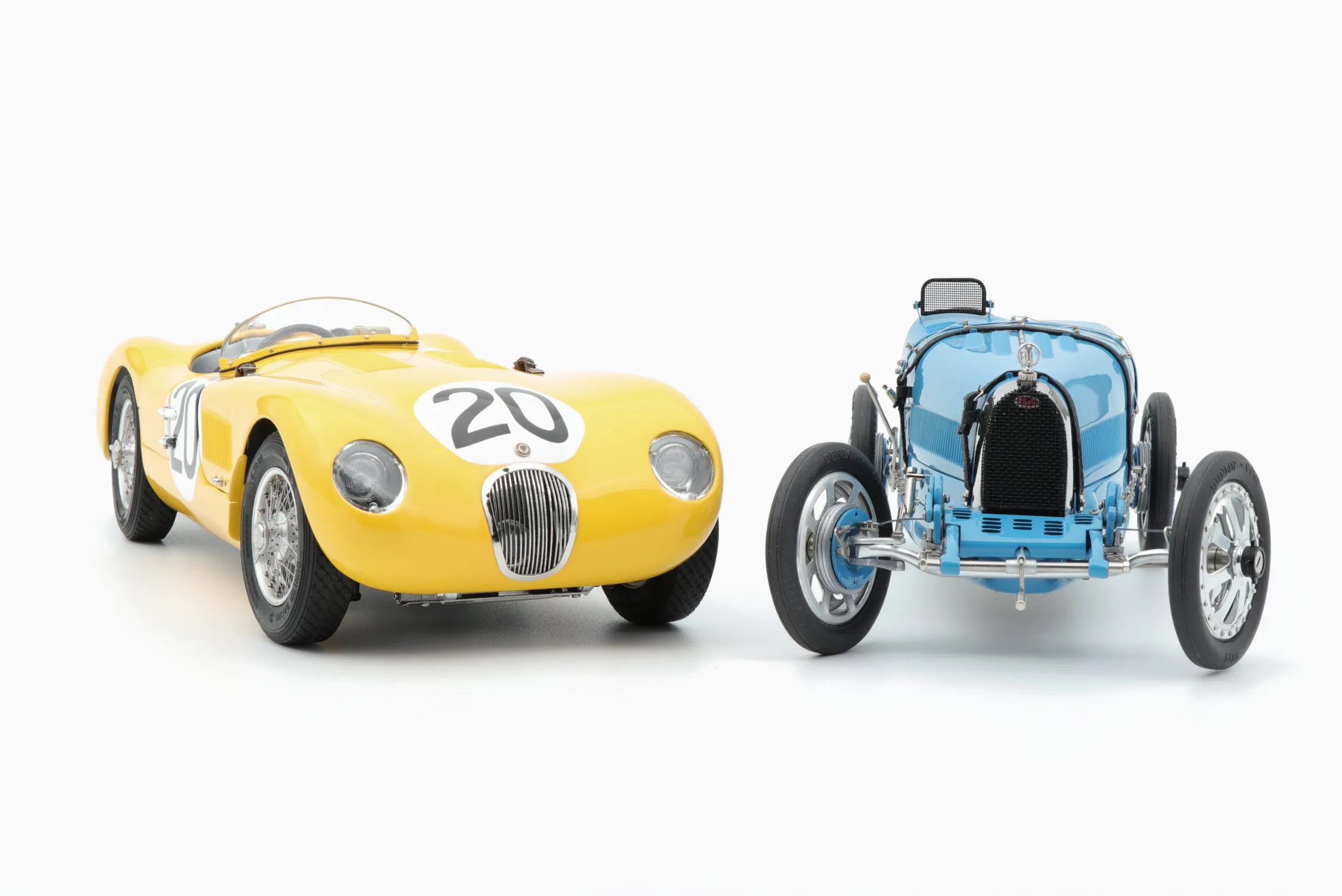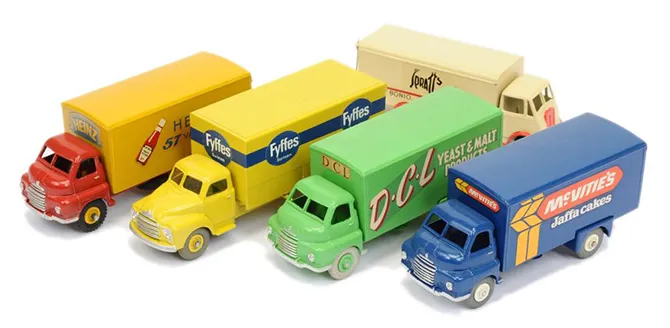Early Beginnings of Diecast Cars
The history of diecast cars is a fascinating journey through the evolution of toy manufacturing and the enduring appeal of miniature vehicles. These small-scale replicas, initially conceived as promotional items, have become cherished collectibles and important historical artifacts. Their story involves innovation in materials, manufacturing techniques, and the cultural impact they have had on generations of enthusiasts. From their humble beginnings to the highly detailed models of today, diecast cars represent a significant chapter in the history of toys.
The Precursors to Diecast
Before the widespread popularity of diecast cars, the concept of miniature vehicles existed in different forms. Early toys were often made of wood, tinplate, or pressed steel. These early models, while not diecast, paved the way for the development of more detailed and durable toy cars. The desire for realistic and accurately scaled models fueled the search for better materials and manufacturing processes, eventually leading to the emergence of diecast technology.
Early Diecast Materials and Methods

The earliest diecast cars were made using a process called die casting, which involved injecting molten metal, typically zinc alloys, into reusable molds. This method allowed for intricate designs and greater precision compared to previous manufacturing techniques. The use of zinc alloys, sometimes mixed with tin or lead, provided durability and the ability to capture fine details. The development of die casting was a pivotal moment, enabling manufacturers to create more realistic and detailed miniature cars at a relatively affordable cost.
The Rise of Popular Diecast Brands
Several brands played a crucial role in shaping the diecast car industry. These companies not only produced high-quality models but also innovated in areas such as scale, detailing, and marketing. Their success demonstrated the growing consumer demand for miniature vehicles and fueled the expansion of the industry. The competition among these brands drove continuous improvements in quality and realism, resulting in the diverse and impressive range of diecast cars available today.
Dinky Toys and Their Influence
Dinky Toys, produced by Meccano Ltd., was one of the pioneers in the diecast car market. They were among the first to introduce mass-produced diecast vehicles, setting a standard for quality and accuracy. Dinky Toys quickly gained popularity for their realistic detailing and wide range of models, which included cars, trucks, and even military vehicles. Their influence extended beyond the toy industry, contributing to the cultural fascination with miniature vehicles. Dinky’s commitment to innovation helped establish diecast cars as a popular form of entertainment and collectible.
Matchbox and the Innovation of Small Scale

Matchbox revolutionized the diecast car market with the introduction of their small-scale models, designed to fit inside a matchbox. This innovation, born from the need for affordable and easily transportable toys, transformed the industry. Their compact size made Matchbox cars accessible to a broader audience, and their variety ensured that every child could find a favorite car. The small-scale concept set a new standard for toy car manufacturing, shaping the industry for decades and influencing many brands that followed.
Corgi Toys and Detailed Features
Corgi Toys distinguished themselves with advanced features, such as opening doors, detailed interiors, and working suspension. These innovations added a new level of realism to diecast cars, attracting collectors and enthusiasts. Corgi’s commitment to quality and innovative features solidified their place in the market. The company’s focus on detail and interactive elements made them one of the most sought-after diecast models. Corgi’s toys significantly increased the level of detail and playability of diecast cars.
The Golden Age of Diecast
The 1950s and 1960s represented a golden age for diecast cars, marked by significant technological advancements and increased popularity. This period saw the rise of iconic brands and the introduction of innovative features that enhanced realism and playability. The cultural fascination with automobiles, combined with advances in manufacturing, made this era a pinnacle in the history of diecast cars. These cars were not merely toys but representations of the changing world of transportation and design.
The Impact of World War II on Production

World War II had a profound impact on the diecast car industry. The war effort diverted resources and materials, initially hindering production. However, the post-war era brought renewed focus and innovation to toy manufacturing. The war also spurred technological advancements that would later benefit diecast car production, contributing to improved casting techniques and the use of new materials. This period of recovery and adaptation laid the groundwork for the golden age of diecast cars.
Technological Advancements in the 1950s and 60s
The 1950s and 1960s saw significant technological advancements that revolutionized diecast car production. Improved die-casting methods allowed for greater detail and precision, leading to more realistic models. The use of new materials, such as high-quality zinc alloys, increased durability and the ability to capture fine design features. These advancements also contributed to the incorporation of innovative features like opening doors, detailed interiors, and working suspension systems, which enhanced the appeal and value of diecast cars.
Diecast Cars and Their Influence on Culture
Diecast cars have had a profound impact on popular culture, serving as collectibles, sources of nostalgia, and even reflections of societal values. These miniature vehicles capture the essence of automotive history, design trends, and cultural moments. Their influence extends beyond the toy industry, influencing the way we view and appreciate automobiles and their impact on society. Collecting and displaying diecast cars became a popular hobby, connecting individuals through a shared passion for miniature automobiles.
Diecast Cars and Collectibles

Diecast cars are highly sought-after collectibles, with certain models commanding significant prices. The value of a diecast car is determined by factors such as rarity, condition, historical significance, and the reputation of the manufacturer. Collectors seek out specific models, editions, and variations, driving a vibrant secondary market. Collecting diecast cars provides individuals with an opportunity to connect with automotive history and to share a passion for detailed and miniature vehicles.
The Everlasting Popularity of Diecast Cars
The enduring popularity of diecast cars can be attributed to a combination of factors including nostalgia, artistic value, and the appeal of miniature replicas. These toys have transcended their original purpose and become symbols of cultural history and automotive design. Their continuous evolution and the introduction of new models ensure that there is always something new to discover. The passion of collectors and enthusiasts continues to drive the diecast car market.
Conclusion
From their early beginnings to their current status as cherished collectibles, diecast cars have significantly influenced the toy industry and popular culture. They represent a fascinating intersection of manufacturing innovation, design, and cultural significance. The history of diecast cars is a testament to the lasting appeal of miniature vehicles, and their evolution continues to captivate collectors and enthusiasts worldwide. As technology advances, new innovations in diecast car production and design will continue to enhance their appeal and solidify their place in automotive history.
